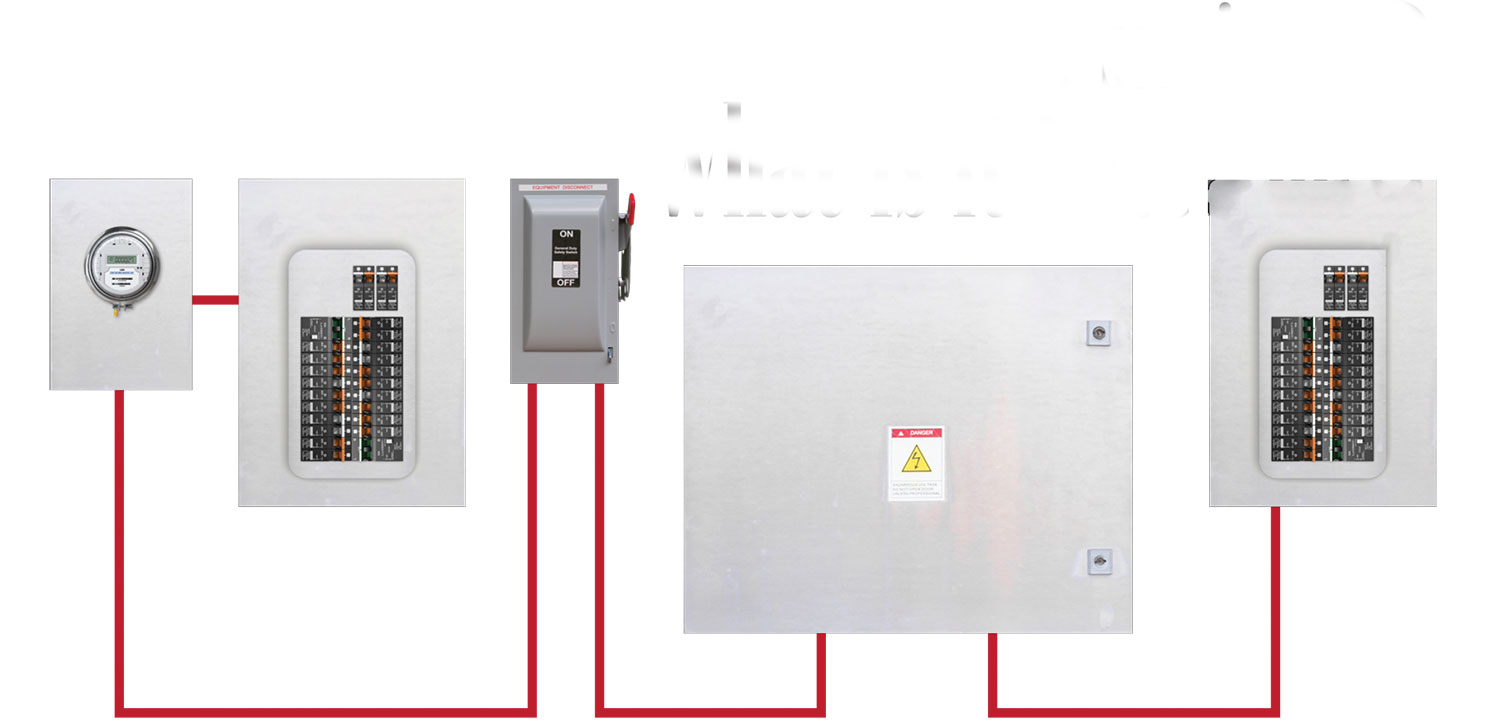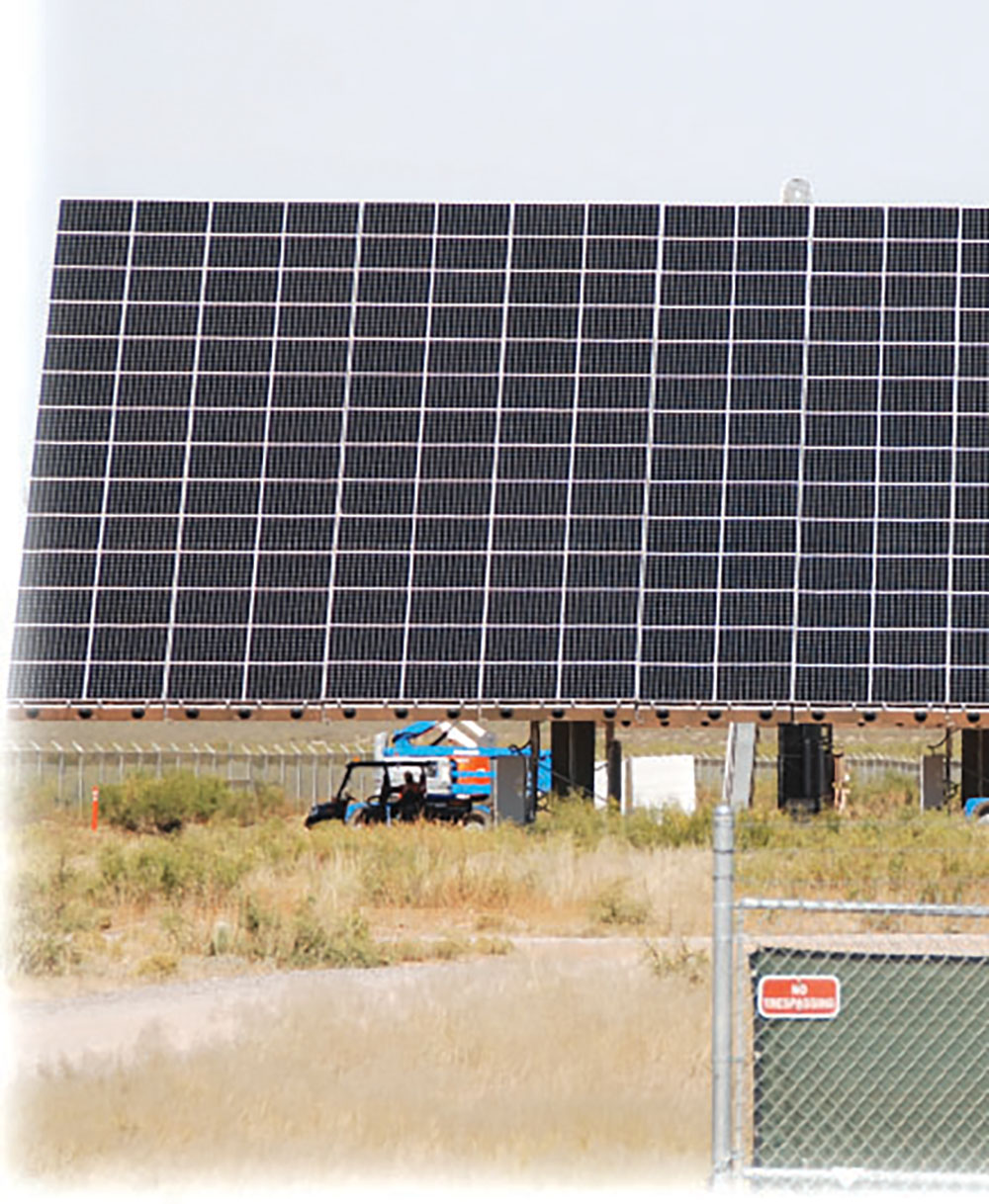It is very reassuring for a feature columnist to know that his articles are actually read and discussed by the readers. I was pleased to get comments from the Canadian readers of the IAEI News on my column published in the July/August issue (page 38). That column described a comprehensive process developed by the CSA for proposals to change the Canadian Electrical Code. Yet, the same readers have pointed out to me that perhaps Bob Edwards is not aware of this process, as his article on “inadequacies” of Rule 8-104 in the CE Code (shown on page 12 of the same issue) painted a bleak picture of this rule.
I’d like to assure these readers that Bob Edwards is well aware of the CSA process, as he was an active member of the Technical Committee responsible for the development of the Canadian Electrical Code for many years. As chair of this Technical Committee, I’m certain that Bob’s (and anyone else’s) proposal would be expediently considered by his peers via a CSA consensus process, provided that all relevant conditions for a proposal (as indicated in my earlier article) are, in fact, met.
However, let’s look at Rule 8-104 and evaluate its requirements.
This rule governs provisions for selection of ampacity of conductors for a branch circuit (or service, feeder) and for selection of the overcurrent devices that protect these conductors. Such selection is based on the calculated load, and Rule 8-104 establishes a relationship between a calculated load and a rating of a circuit (or service, feeder). This rule also explains the meaning of the “ampere rating of the circuit” and describes types of calculated loads (continuous and non-continuous). Let’s take a close look at this rule.
In general, this rule proposes two following principles: 1) the load cannot exceed the ampacity of circuit (service, feeder) conductors that are intended to carry the load; and 2) the load cannot exceed the rating of the overcurrent devices that are intended to protect these circuit (service, feeder) conductors.
In fact, these main principles are articulated in Rule 8-104(2) which states that the “calculated load in a circuit shall not exceed the ampere rating of the circuit.”
Subrule 8-104(1) further clarifies description of the “ampere rating” of the circuit (service, feeder) as the “ampere rating of the overcurrent device protecting the circuit or the ampacity of the conductors, whichever is less.”
This means that if, for example, a branch circuit (feeder or consumer’s service) has the o/c device rated at 200 A and 3/0 AWG copper conductors selected from column 4 of Table 2 at 210 A, the ampere rating of such a branch circuit (service, feeder) is 200 A, and not 210 A, as 200 A is less than 210 A.
So far, things look relatively simple, but Subrules 8-104(3), 8-104(4) and 8-104(5) place additional conditions on the criteria for selecting the ampere rating of a circuit. These new conditions force the Code users to determine whether the calculated load must be considered as a continuous load [Rule 8-104(3)], and then to ascertain that the continuous load of the circuit (service, feeder) is not only less than the ampere rating of that circuit, but is actually less than a particular percentage of the circuit rating. And, the Code specifies the maximum allowable percentage by which the continuous load can relate to the ampere rating of the circuit.
Let’s step back, however, and analyze this new term continuous load. Subrule 8-104(3) states that each calculated load shall be considered to be a “continuous load” unless it can be clearly demonstrated that in normal operation this load will not be applied for: 1) a total of more than 1 hour in any two-hour period, provided that the value of the load does not exceed 225A; or 2) a total of more than 3 hours in any six-hour period provided also that the load does not exceed 225A.
It is interesting to note that the Code allows loads of a dwelling unit to be treated as non-continuous loads for the purpose of Rule 8-104. This consideration is provided by Rules 8-200(3) and 8-202(2) of the CE Code. All other loads, however, are deemed to be continuous, unless provisions allowed by Subrules 8-104(3)(a) or (3)(b) could be demonstrated to the AHJ.
Thus, when a load calculation is done for a single dwelling (Rule 8-200) and the calculated load, for example, yields 92 A, then in accordance with Subrule 8-104(2), the ampere rating of the service can be chosen by selecting standard values of the o/c device and the ampacity of the service conductors which are not less than the calculated load. It is obvious that the ampere rating of the consumer service, for this example, would be 100 A. The service conductors would be selected based on this calculated load from Tables 1–4 accordingly. If for the purpose of this example Table 4 is used to select the service conductors, the Code users should note that although the ampacity of 2 AWG AL conductors is shown in column 4 of Table 4 as 95 A, Note ** on this table indicates that when this conductor size is used to supply single dwellings, the ampacity of 2 AWG AL conductors in a 3-wire 120/240 V or 120/208 V service is considered to be 100 A. So, 2 AWG AL could be used for this service—to supply the non-continuous calculated load of the single dwelling.
Now let’s deal with those loads that are considered to be continuous. In this case, two options are entertained by the Code.
The first option is provided by Subrule 8-104(4). This subrule governs those situations when the o/c device in a service box, switch, or in a combination panelboard is specifically marked for continuous operation at 100% of this o/c device rating. From a practical point of view, this means that each o/c is specifically designed, constructed and tested for 100% continuous operation of its ampere rating. In this case, Subrule 8-104(4) allows us to select the rating of the circuit (feeder, service) protected by such o/c devices based on the 100% of the rating of the circuit (based on the applied calculated load similarly to the example above for a single dwelling), provided that the ampacity of conductors is chosen in accordance with Table 2 or 4. If, however, the Code user intends to apply Table 1 or 3 (free air rating) for selection of the circuit conductors, then respectively the continuous load as determined from the calculated load cannot exceed 85% of the circuit rating. For example, if a branch circuit carrying a continuous calculated load of 85 A is intended to be protected by the o/c device marked for continuous operation at 100% of its rating, and conductors are intended to be selected based on Table 2, then the o/c device with the standard setting of 90 A (see Table 13) could be installed, and 4 AWG copper (85A) could be selected from column 4 of Table 2.
If, for example Table 1 is intended to be used (free air rated conductors), then the o/c device marked for continuous operation at 100% of its rating must be not less than 100 A; and a 6 AWG copper conductor shall be chosen from column 4 of Table 1.
The second option is described by Subrule 8-104(5). This subrule governs those cases (the most common) where the o/c device protecting the circuit (service, feeder) is not specifically marked for continuous operation at 100% of its rating (when an o/c device was designed, constructed and tested for continuous operation at 80% of its ampere rating). In this case, the continuous load as determined from the calculated load cannot exceed 80% of the rating of the circuit if ampacity of the circuit conductors are based on Table 2 or Table 4. For example, a circuit rated at 200 A cannot be used for supply of a continuous calculated load in excess of 160 A.
If, however, Table 1 or 3 is used for selection of conductors (free air ampacity), then the continuous load as derived from the calculated load cannot exceed 70% of the ampere rating of the circuit. In this case, a continuous load of a typical branch circuit rated at 200 A (the o/c device rated at 200 A and the conductors with ampacity at 210 A selected based on Table 2) cannot exceed 140 A.
Rule 8-104 applies conditions that are outlined in Subrules (4) and (5) as a benchmark for all other calculations, where applicable derating factors are used to reduce the conductor ampacity [see Subrules 8-104(6) and (7)].
It should be also noted that another main principle that establishes a relationship between ampacity of circuit conductors and the rating/setting of the o/c devices protecting these conductors is described in Rule 14-104. This rule states, “the rating or setting of overcurrent devices shall not exceed the allowable ampacity of the conductors that they protect,” unless otherwise permitted by Table 13 or other rules of the Code [i.e., rules such as 26-208 and 26-210; 28-106 and 28-200; 32-200 and 32-206; 62-114 (7), etc.].
I hope that this article clarifies the “mystery” behind circuit loading. In each particular case, however, specific concerns and questions related to this subject should be discussed with the authorities enforcing the CE Code.
I’m certain that any constructive proposal to improve this rule by including necessary derating factors when selection of conductors is based on IEEE 835 for underground runs of conductors would be welcomed by the CE Code Committee.










Find Us on Socials